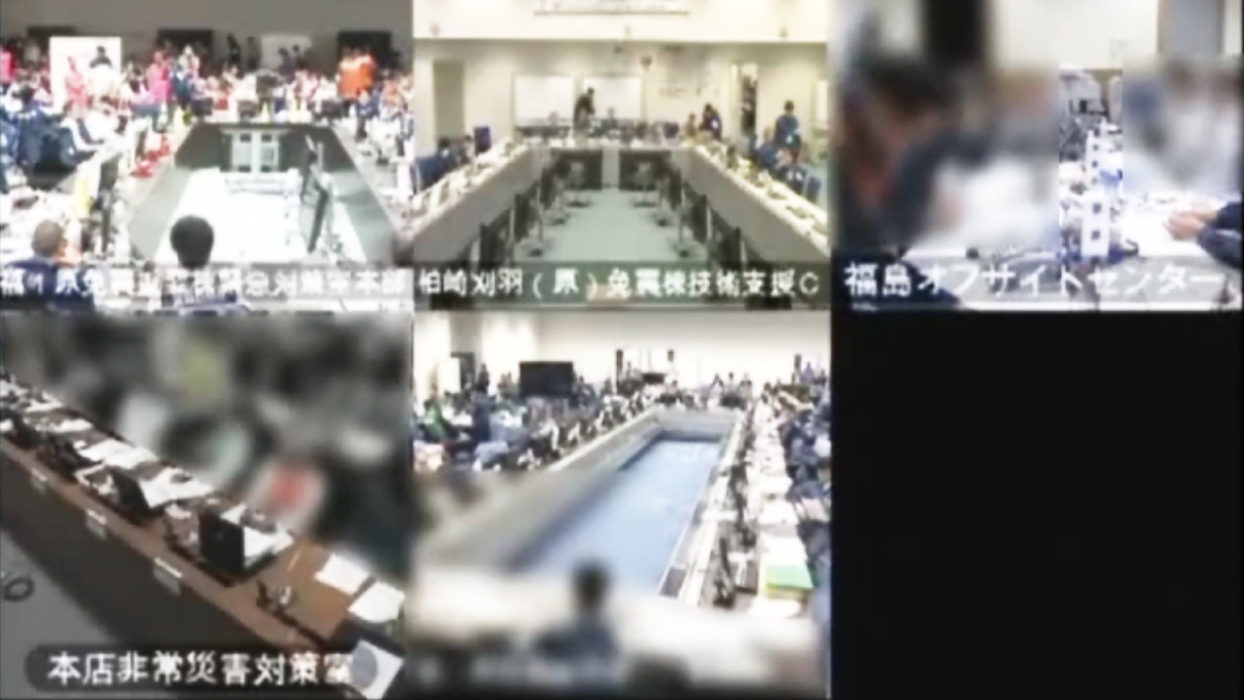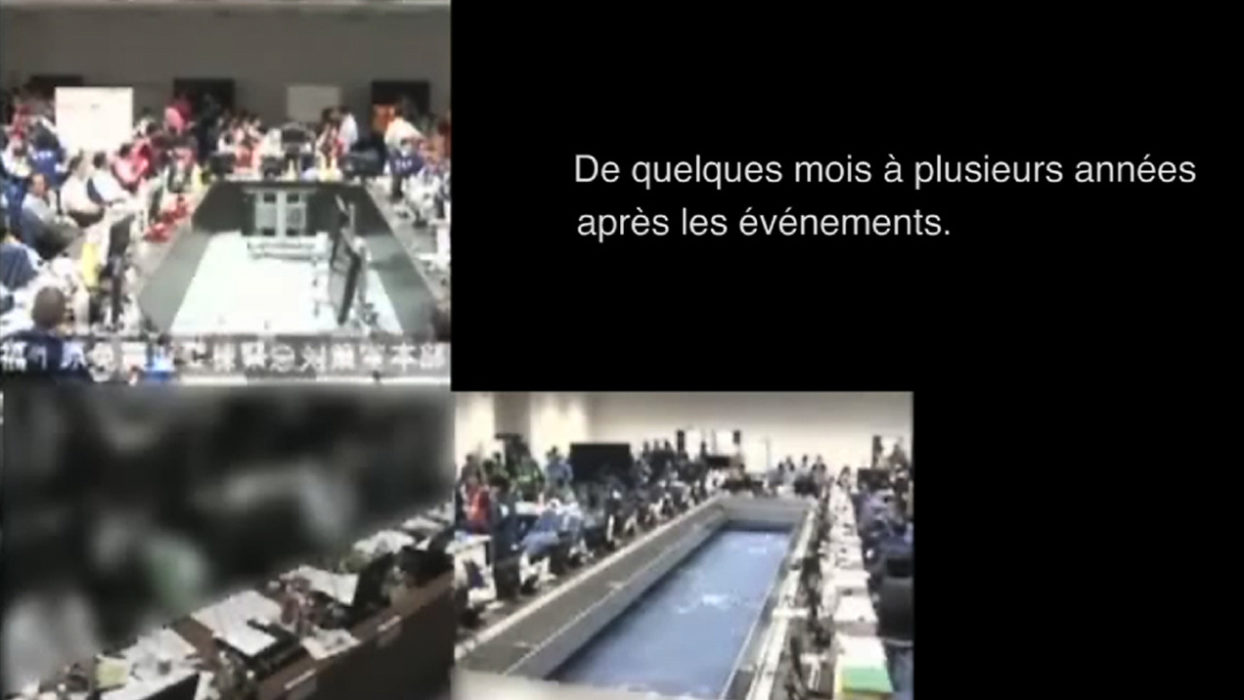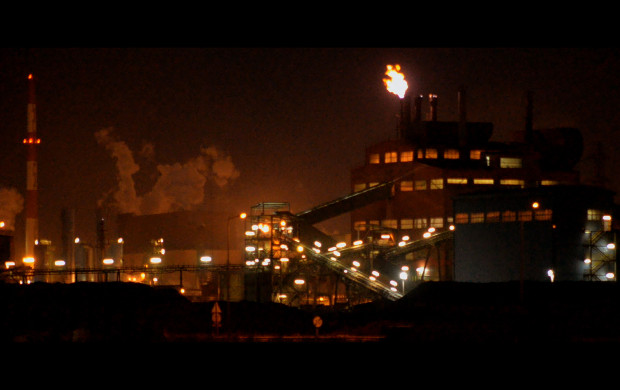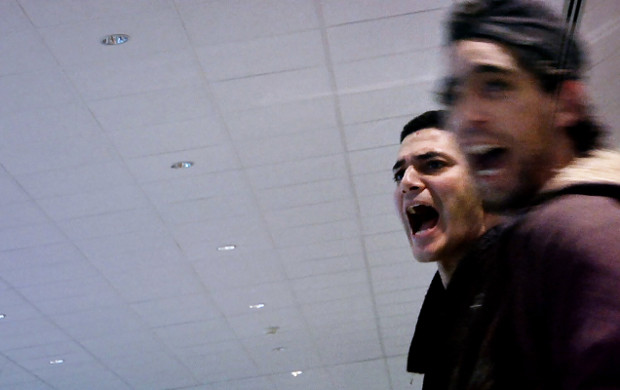Fovea Centralis
- 2014
- France
- 50 minutes
- French; Japanese
The focal point of the retina enabling great acuity of vision but within a limited field: this part of the eye provides the title of the third film in Philippe Rouy’s trilogy on the images of the Fukushima disaster. It also highlights the panoptic yet partial vision of the specific type of found footage he worked on—the recorded videoconferences held by the Fukushima power plant operator, Tepco, during the weeks following the March 2011 disaster. Forced to make these recordings public, Tepco blurred them in many places and cut out many words. The technical masking instructions (“toning down of contrasts, diluting contours, desaturation”) end up creating an unintended metaphor of the indescribably denaturing effects of the explosion. Close to the re-edits and hijackings of a Harun Farocki film, Philippe Rouy brings back insistent ghostly presences into the constrained and truncated images. Julie Läderlach and Loïc Lachaise’s music highlights the oscillation between fogginess and the opalescence that characterises not only the gradual loss of vision of those exposed to radiation but also an ectoplasm that Pierre Curie describes in a letter, where he admits to believing in spiritism. Dreams, mediums, propaganda: the twisting of vision conspires with the vanishing of people as in the title of Shohei Imamura’s A Man Vanishes, which in 1967 questioned the phenomena of voluntary disappearances and the blinding effects of cinéma-vérité. (Charlotte Garson)
- Editing : Philippe Rouy
- Sound : Philippe Rouy
- Photography : Vidéoconférences Tepco
- Production / Print source : Philippe Rouy






